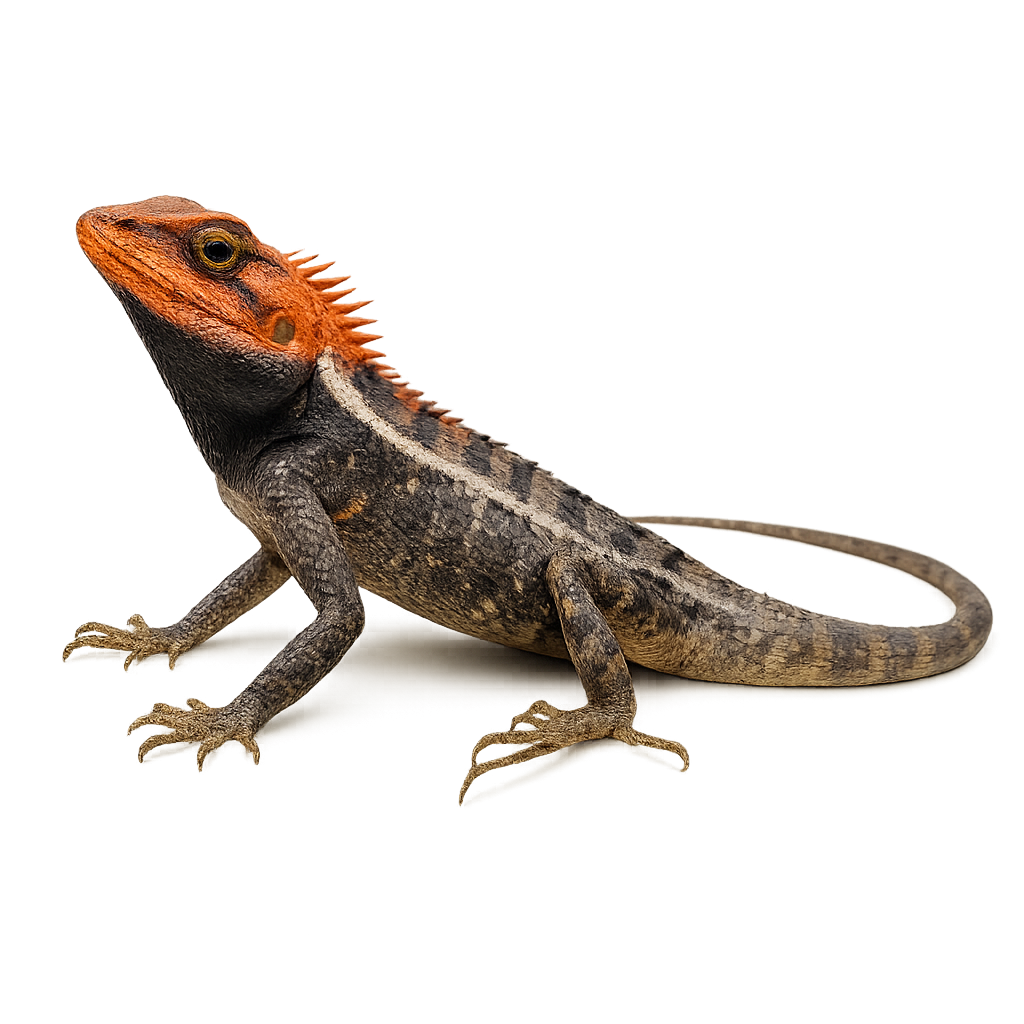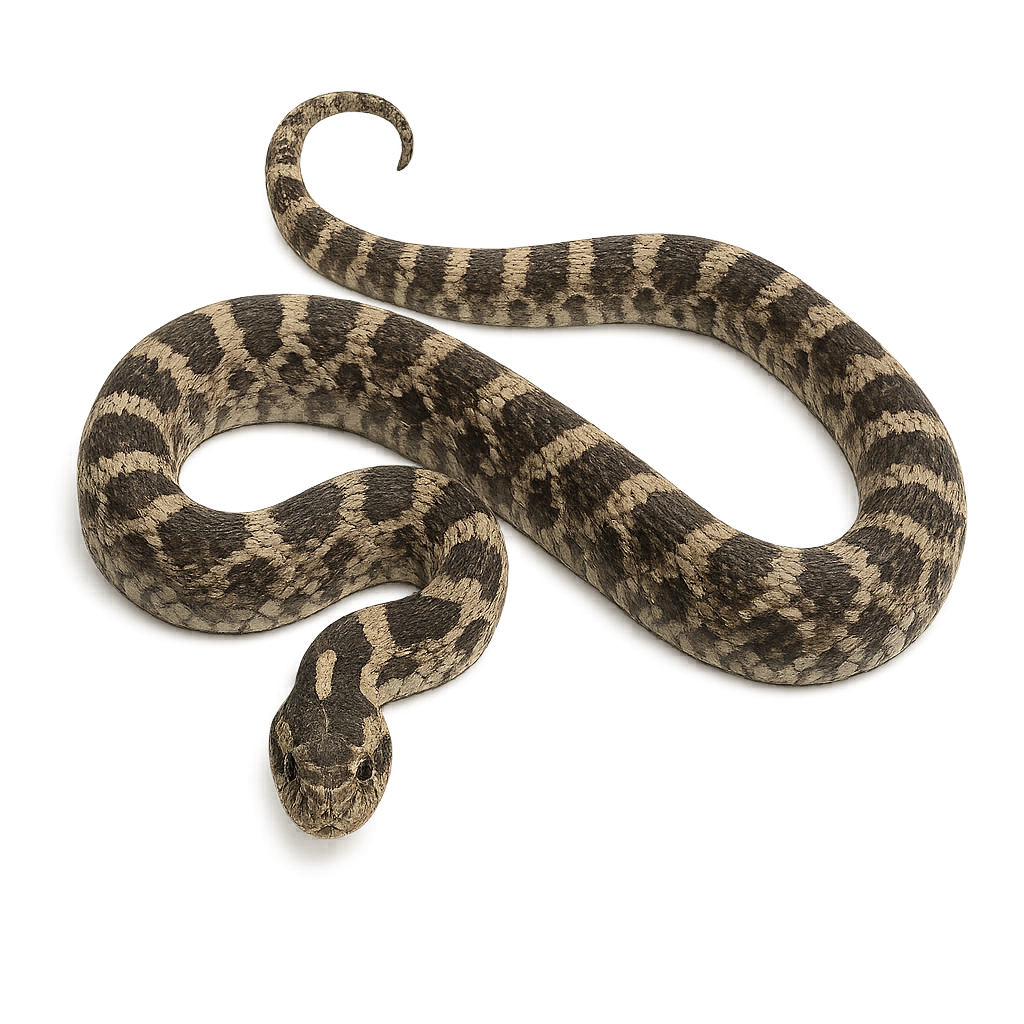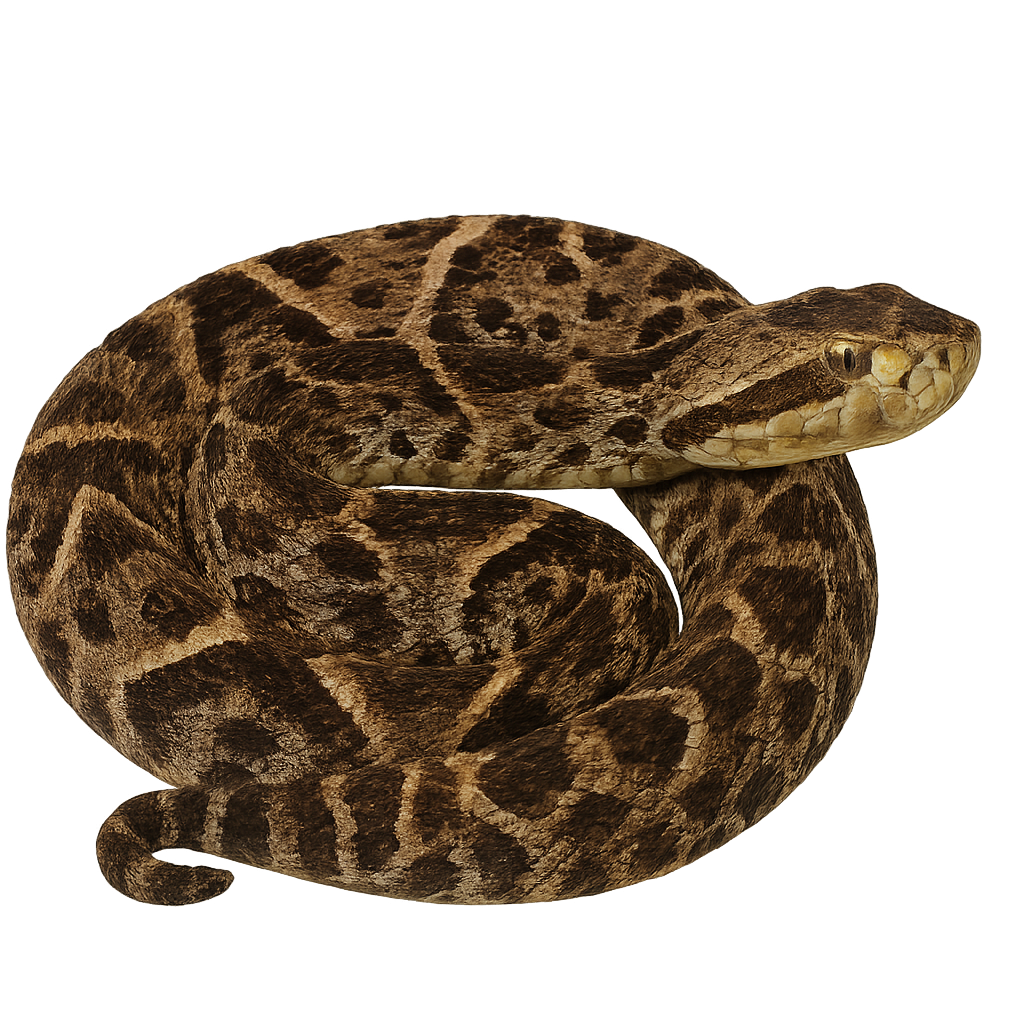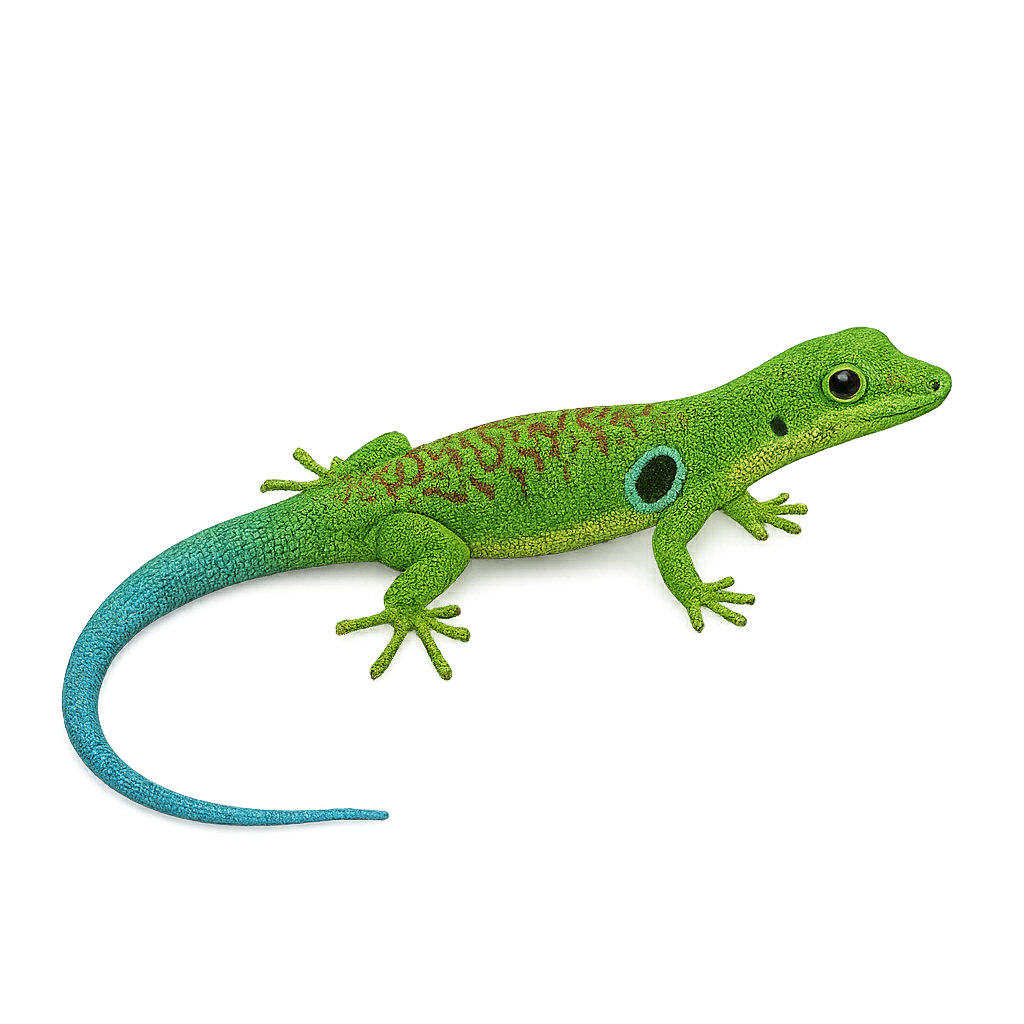Your wildlife tracking tool..
Browse 2,846species by country, track observations, and plan your photo outings.
Your global reference for wildlife photography
WildlifePhotographer gives you access to over 2,846 wildlife species sheets to help you identify, understand, and photograph wildlife around the world. Mammals, birds, reptiles… each sheet provides key information: habitat, activity, life cycle, signs of presence, and tailored photo tips.
Our database grows every week with new iconic species. To go further, access maps, reminders, logs, and personalized statistics in the app — designed to meet the real needs of wildlife photographers in the field.
Forest Garden Lizard
Calotes emma
The Calotes emma, or Forest Garden Lizard, is an arboreal lizard native to Southeast Asia, particularly found in Thailand, Vietnam, and Cambodia. This reptile is known for its ability to change color to blend into its surroundings. It typically displays green and brown hues, allowing it to camouflage within the dense vegetation of tropical forests. The Emma Gray's Forest Lizard measures about 25 to 30 cm in length, including its tail. It is primarily insectivorous, feeding on various insects and arachnids. Its behavior is rather territorial, often seen perched on tree branches, keeping watch over its domain.
Four-lined snake
Elaphe quatuorlineata
The four-lined snake, Elaphe quatuorlineata, is a non-venomous snake primarily found in southern Europe. It is recognizable by its four dark stripes running along its yellowish-brown body. Typically measuring between 100 and 200 cm, it is one of the largest snake species in Europe. It prefers dry, rocky habitats, open woodlands, and agricultural areas. Although terrestrial, it is also a good climber. It mainly feeds on small mammals, birds, and eggs. Its behavior is generally calm, but it can become defensive if threatened.
Fer-de-lance
Bothrops asper
The Barba amarilla is a venomous viper found primarily in the rainforests of Central and South America. It is a medium to large snake, typically measuring between 1.5 and 2.5 meters in length, although some individuals can reach up to 3 meters. Its body is robust, and its color ranges from brown, gray, to olive, with diamond-shaped patterns along its back, which helps it blend into its environment. Its head is triangular and distinct from the body, with characteristic scales that give it a "spearhead" appearance. This snake is primarily terrestrial and often hides under leaves or in underbrush to hunt or rest. The Barba amarilla is an opportunistic predator, feeding mainly on small mammals, birds, and frogs. Its venom is extremely potent and can cause severe injury or death if antivenom is not administered quickly. It usually strikes by surprise, launching itself at its prey or an intruder. While it is an important predator in its ecosystem, it faces threats related to deforestation and habitat loss.
Four-spotted Day Gecko
Phelsuma quadriocellata
The Phelsuma quadriocellata, or four-spotted day gecko, is a small, colorful lizard native to Madagascar. It is known for its bright green skin adorned with blue and red spots, and its distinctive four black spots on the back. This diurnal gecko is often found in humid tropical forests, feeding mainly on insects and nectar. It is appreciated for its adaptability to various environments, including gardens and human dwellings. Although generally suspicious, it can become tolerant of humans over time. Its reproduction is oviparous, with a gestation period of about 40 to 45 days.
Frill-necked lizard
Chlamydosaurus kingii
The Frill-necked lizard, or Frill-necked dragon, is a fascinating lizard native to the dry and wooded regions of northern Australia. This reptile is famous for its distinctive frill, a fold of skin around its neck that it can extend to impress predators or compete with other males. When threatened, it extends its frill and adopts an aggressive posture, opening its mouth wide to appear larger. The Frill-necked lizard is insectivorous, primarily feeding on insects and small invertebrates, which it captures using its quick tongue. It is also an excellent climber and can move quickly between trees.






